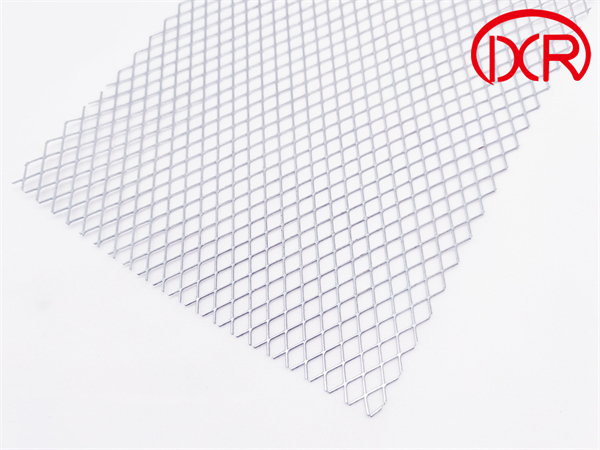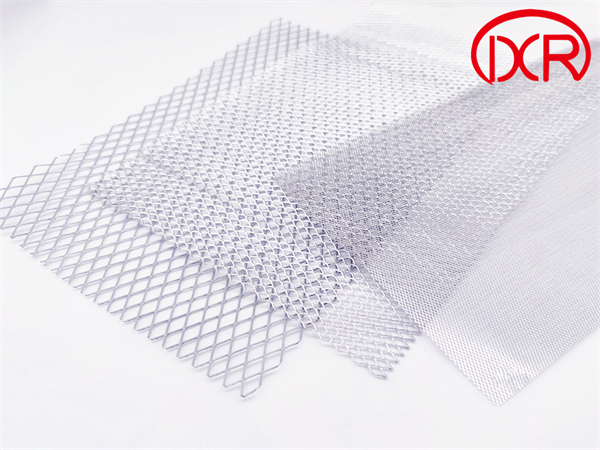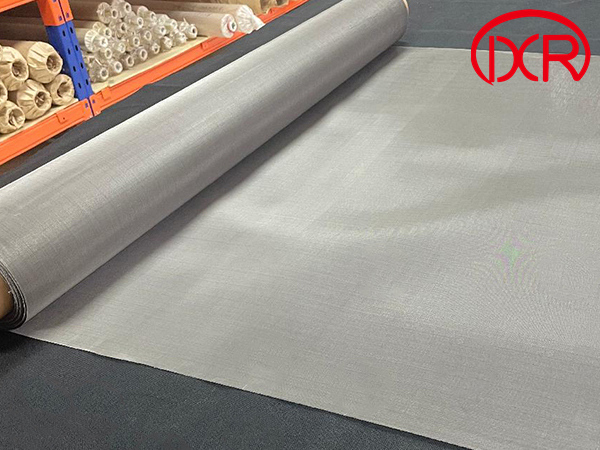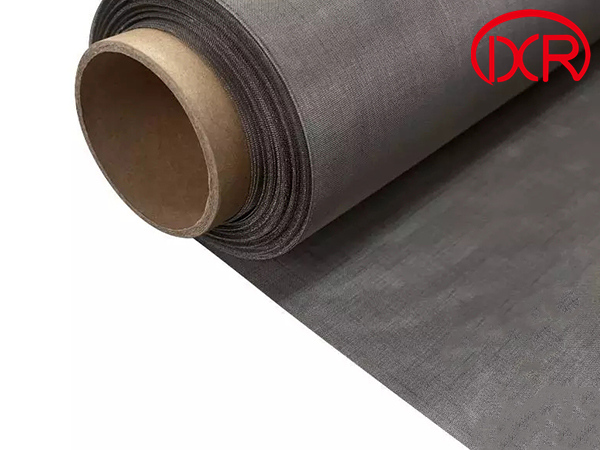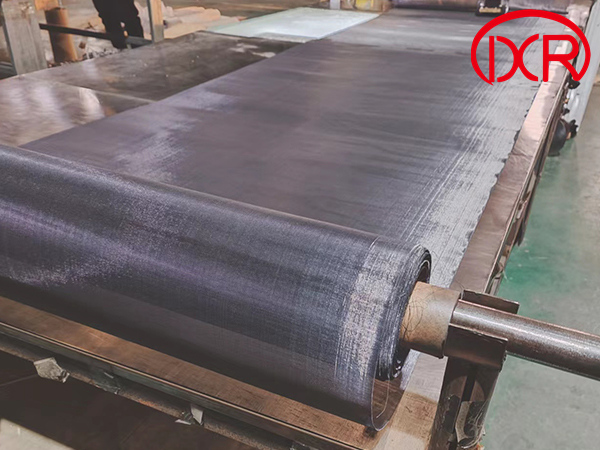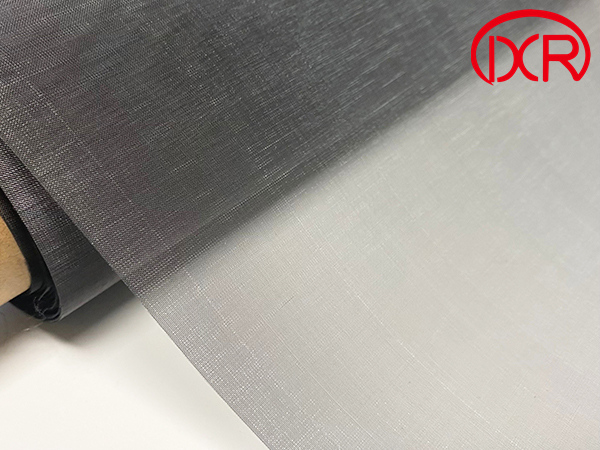titanium anode
Titanium anode (also known as titanium-based metal oxide coated anode, DSA, Dimensionally Stable Anode) is a high-performance electrode material widely used in the field of electrochemistry. It has excellent corrosion resistance, high catalytic activity and long life.
1. Core characteristics of titanium anode
- Dimensional stability: The electrode spacing remains unchanged during the electrolysis process, ensuring stable cell voltage.
- Strong corrosion resistance: Suitable for strong acid, strong alkali and Cl⁻-containing media, with corrosion resistance far exceeding that of graphite and lead anodes.
- Low operating voltage: Low overpotential for oxygen/chlorine evolution, saving 10%-20% energy.
- Long life: In the chlor-alkali industry, the life span can reach 6 years, while that of graphite anode is only 8 months.
- High current density: Supports 17A/dm² (graphite anode is only 8A/dm²), improving production efficiency.
2. Main application areas
(1) Chlor-alkali industry
- Electrolysis of brine to produce chlorine and caustic soda, titanium anode can reduce cell voltage and improve chlorine purity.
- Replace graphite anode to avoid electrolyte contamination.
(2) Wastewater treatment
- Electrocatalytic oxidation: Degrade organic matter in printing and dyeing, pharmaceutical, and coking wastewater, with a COD removal rate of up to 90%.
- Sodium hypochlorite generator: Electrolyze brine to generate disinfectant, used for hospital sewage and swimming pool water treatment.
- Radioactive wastewater treatment: Electrolytic recovery of radioactive metals such as uranium and plutonium.
(3) Electroplating industry
- Used for nickel plating, chromium plating, gold plating, etc. to improve the uniformity of the plating layer and reduce plating solution pollution.
- The oxygen evolution overpotential is 0.5V lower than that of the lead anode, which saves energy significantly.
(4) Electrolytic metallurgy
- Extract metals such as copper, zinc, and nickel, replace the lead anode, and avoid cathode contamination.
- Suitable for high current density (such as 8000A/m²) and narrow inter-electrode spacing (5mm) conditions.
(5) New energy and hydrogen production
- Hydrogen production by electrolysis of water: Reduce the oxygen evolution overpotential and improve energy efficiency.
- Solid-state battery: used for titanium-based plate manufacturing.
(6) Other applications
- Cathodic protection: anti-corrosion of marine steel structures, with a service life of more than 10 years.
- Electrochemical synthesis: such as preparation of organic compounds and pharmaceutical intermediates.
3. Coating process and selection
- Common coatings:
- Ruthenium (RuO₂): suitable for chlor-alkali industry, resistant to Cl⁻ corrosion.
- Iridium (IrO₂): strong acid resistance, suitable for wastewater treatment.
- Platinum coating: used for high-purity titanium electrolysis, resistant to high temperature (600℃).
- Structural form: plate, tube, mesh, wire, etc., can be customized according to needs.
4. Maintenance and life extension
- Regular cleaning: rinse with deionized water after shutdown to avoid scale deposition.
- Avoid mechanical damage: damage to the platinum layer will cause rapid corrosion of the titanium substrate.
- Electrolytic activation: reverse current treatment every 3000 hours to strip off the passivation layer.
5. Future development trends
- Composite coatings: such as platinum-iridium gradient coatings, further reducing the oxygen evolution overpotential (the laboratory has reached 1.25V).
- Intelligent monitoring: integrated sensors monitor coating loss in real time.
- Environmental protection and new energy applications: such as solid-state batteries and efficient hydrogen production.















